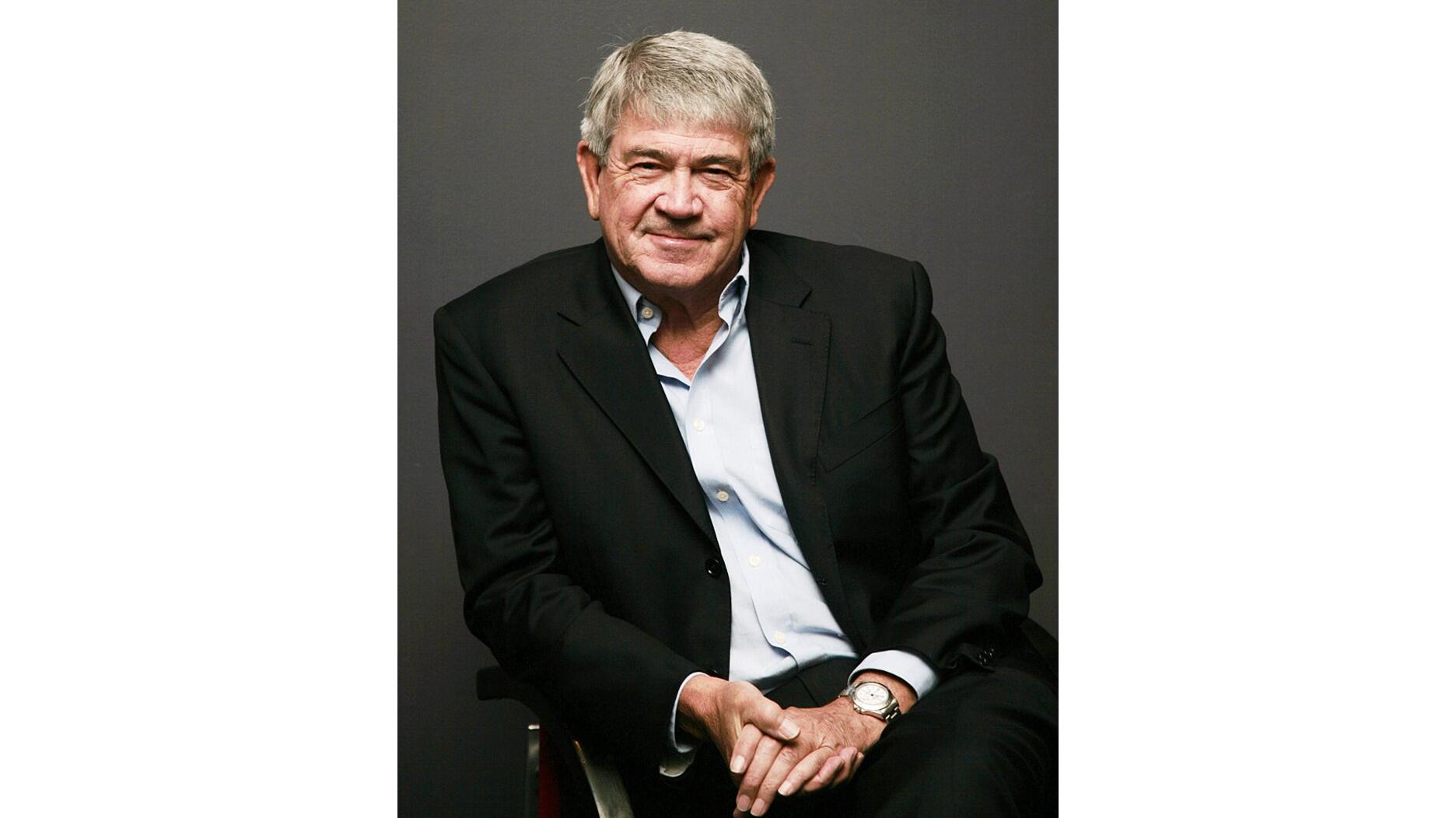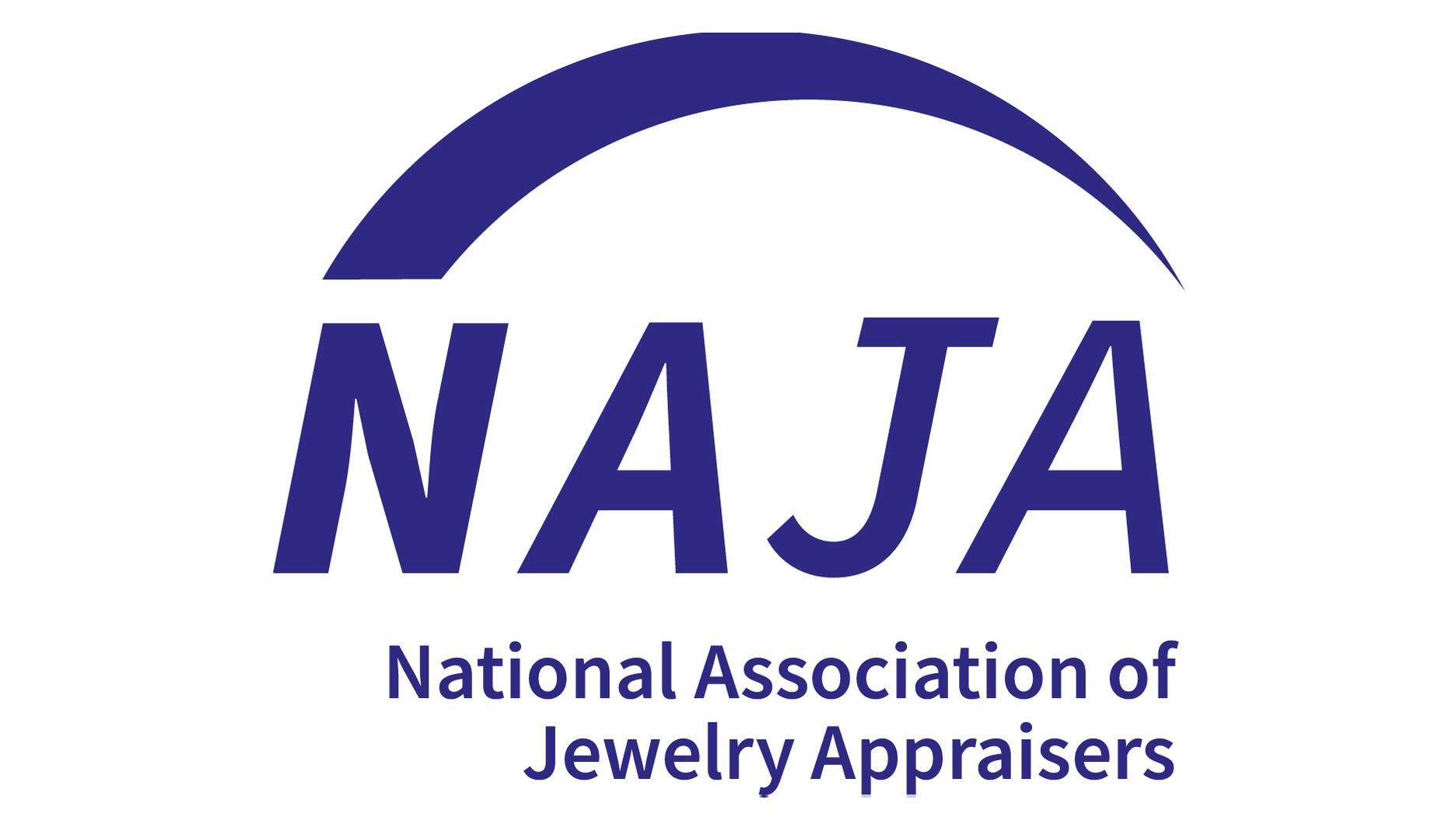The couple pleaded guilty to concealing at least $127 million in cash transactions at its precious metals businesses.
De Beers’ Lab-Grown Diamond Jewelry Line to Launch Thursday
Lightbox is initially being sold online direct to consumers.

London—Lightbox, the line of jewelry set with lab-grown diamonds from De Beers, will be available starting Thursday.
A marketing email dispatched Tuesday morning read “Your 48 Hour Countdown” at the top and invited consumers to “window shop while you wait” by previewing the line’s launch collection. There is also a launch countdown clock on the Lightbox Jewelry website.
The line is initially being sold online direct to the public.
Lightbox General Manager Steve Coe has said De Beers will do a “modest” brick-and-mortar trial run later this year and expand it over time; there has been speculation in the industry as to whether Signet Jewelers will be among the retailers to sell Lightbox.
The line, for now, is all fashion jewelry—pendants and stud earrings between 1/4 and 1 carat in size—and is targeted at younger consumers, with the marketing built around the idea that lab-grown diamonds are for slightly-less-special special occasions. They are for friends, not fiancées, as one De Beers executive put it, thereby setting them apart from the engagement ring business on which the diamond industry so heavily depends.
Lightbox man-made diamonds are available in pink, blue or white and are priced the same, regardless of color: $200 for a 1/4 carat; $400 for a 1/2 carat; $600 for a 3/4 carat and $800 for a 1-carat lab-grown stone.
The diamonds are being sold without grading reports because the diamonds are all “created to uniform specifications,” De Beers said, and so reports “have no bearing on either the product’s rarity or value,” though it is worth noting that selling diamonds without grading reports also helps to keep the cost down.
The prices do not include the setting. The man-made diamonds are being set in silver ($100) or 10-karat gold ($200).
Announced just before the Las Vegas jewelry trade shows, De Beers’ long-predicted foray into gem-quality lab-grown diamonds has sparked a flurry of commentary within the industry.
In launching the line, De Beers said its consumer research indicated buyers thoughts lab-grown diamonds were a “fun, pretty product that shouldn’t cost that much” and that it sees itself filling a void in the market for lower-priced diamond fashion jewelry.
It also noted Lightbox would be a “small business” compared to what De Beers sells in mined diamonds.
But longtime industry analyst Ben Janowski and journalist Chaim Even-Zohar—who said more than 10 years ago that De Beers would eventually sell
The Anglo American-owned diamond company is looking to become the dominant producer and price-setter in the space, they wrote, and will eventually expand its offerings beyond a low-priced range of fashion jewelry, selling bigger man-made diamonds set into rings.
Much also has been written about De Beers’ pricing structure for Lightbox ($800/carat), which puts the company’s pieces well below what many other growers are currently charging.
Some, including a few retailers who attended a De Beers’ Lightbox lunch event in Las Vegas, praised the diamond giant for knocking down the price of man-made stones, which some feel are too high and, thereby, too close to the price of mined diamonds.
Some lab-grown diamond producers, however, have accused De Beers of predatory pricing.
A Bloomberg article published earlier this month stated that Tom Chatham, CEO of Chatham Created Gems and Diamonds, filed a complaint about De Beers’ lab-grown pricing practices with the Federal Trade Commission, though Chatham told JCK’s Rob Bates shortly after the article appeared that he would consider it a comment—not a formal complaint—and noted that more will be known about pricing after the line launches.
Element Six, De Beers’ industrial diamond arm, is making the stones used in Lightbox.
Initially, Lightbox jewelry will be set with diamonds from Element Six in the United Kingdom. Diamonds for future collections will come from a new, $94 million Element Six factory located just outside Portland, Oregon. Construction on the 60,000-square-foot facility is underway, with completion expected by 2020.
The Latest

Consumers shared concerns about prices, inflation, tariffs, trade, and politics in the survey’s write-in response section.

In February 2026, the auction house will move its headquarters to the former Steinway Hall, a neoclassical landmark on Billionaires’ Row.

How Jewelers of America’s 20 Under 40 are leading to ensure a brighter future for the jewelry industry.

The new show will take place Jan. 23-25, 2026.


The LVMH-owned brand has partnered with the costume design union to revamp its award for 2026.

The luxury titan inked a deal to acquire an initial minority stake in the jewelry manufacturer with a pathway to full ownership by 2032.

Roseco’s 704-page catalog showcases new lab-grown diamonds, findings, tools & more—available in print or interactive digital editions.

The company’s curation of unsigned vintage and estate jewelry debuted at the Bloomingdale’s in Costa Mesa, California.

In the recent multi-shipment seizure, CBP also found counterfeit Audemars Piguet, Moncler, and Chrome Hearts items.

Helzberg’s Chief Retail Officer Mitch Maggart shared details about its tests of a new store concept rooted in an elevated luxury experience.

Jewelers of America execs and National Jeweler editors discuss tariffs, the sky-high gold price, and the engagement that broke the internet.

The luxury goods company said founder Ippolita Rostagno will remain at the brand’s helm.

Laura Burdese, who joined the Italian luxury brand in 2022, will take on the role in July.

The National Jeweler editors revisit the most noteworthy industry happenings and design trends from 2025.

Need a gift for the cat lover who has everything? Look no further than our latest Piece of the Week.

It purchased the “Grosse Pièce,” an ultra-complicated Audemars Piguet pocket watch from the ‘20s, for a record-breaking price at Sotheby’s.

The lab-grown diamond grower now offers custom engagement and fashion jewelry through its Kira Custom Lab Jewelry service.

Chandler got his start at Michelson Jewelers and has served as DCA president and CEO since 2001. He will retire at the end of the month.

The boutique is slated to open this week inside Terminal 8, offering pre-owned Rolex watches and more to international travelers.

Sponsored by Digital Monitoring Products

The special-edition egg pendant ingested in a New Zealand jewelry store was recovered after a six-day wait.

Associate Editor Natalie Francisco plays favorites with Piece of the Week, selecting a standout piece of jewelry from each month of 2025.

The “Love and Desire” campaign is inspired by the magic that follows when one’s heart leads the way, said the brand.

Two awardees will receive free tuition for an educational course at the Swiss lab, with flights and lodging included.

Berta de Pablos-Barbier will replace Alexander Lacik at the start of January, two months earlier than expected.

Sotheby’s held its first two jewelry sales at the Breuer building last week, and they totaled nearly $44 million.


























